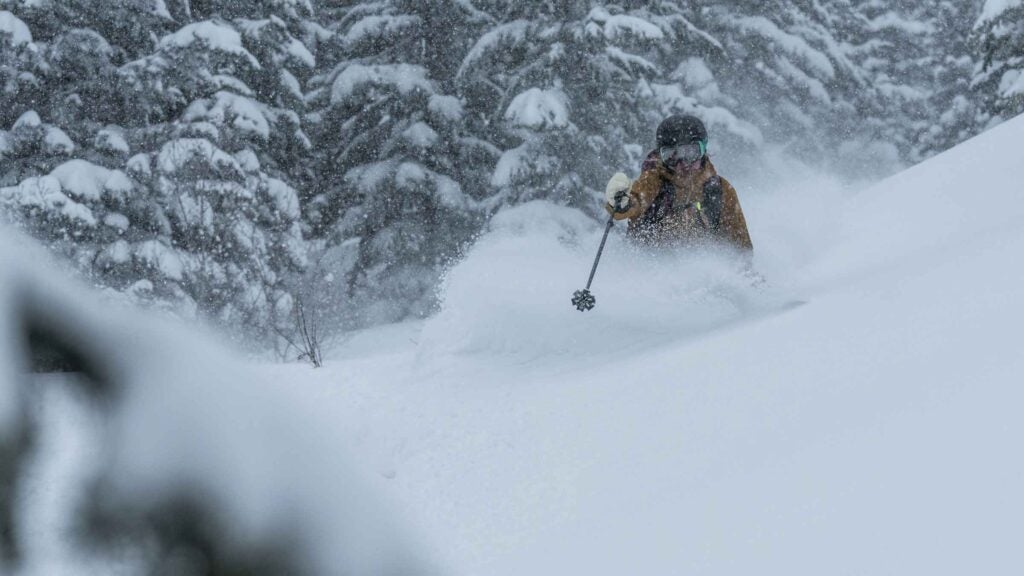No products in the cart.
Outdoor Adventure
The Gear Our Editors Loved in January
We sought out warmer weather in Arizona, climbed freezing pitches in northern New Mexico, and ski-toured in Rocky Mountain National Park this January. Here’s the gear that helped us start the year out right.
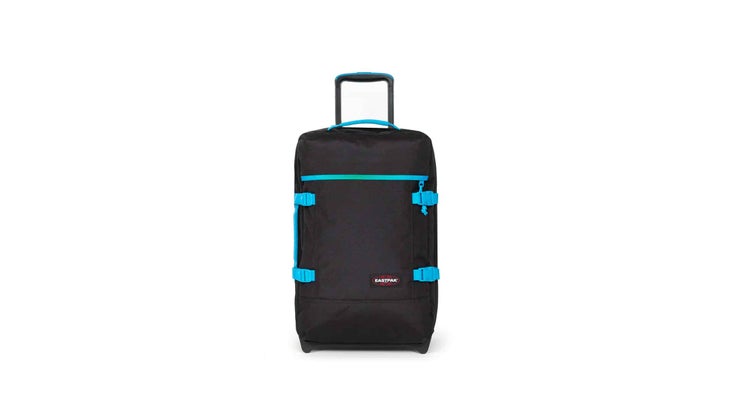
Eastpak Transverz suitcase ($140)
I gifted this to my brother for Christmas, after traveling with him to Japan and feeling sorry to see him hoofing it around Osaka with a heavy duffel bag slung across his shoulder. I’ve had this same suitcase for longer than I can recall, and it remains my go-to for both weekend adventures and far-flung trips. Despite being thrown around by its share of bag handlers, it’s never been torn, lost a wheel, or been damaged in any noticeable way. But what’s remarkable is how much I’m able to cram into its two main compartments and still manage to zip the entire thing shut, something many a companion has marveled over. This is thanks in part to durable soft siding and compression straps that cinch shut and don’t budge. I’ll never buy another type of suitcase—and the way the Transverz is holding up, I may never have to. —Tasha Zemke, associate managing editor
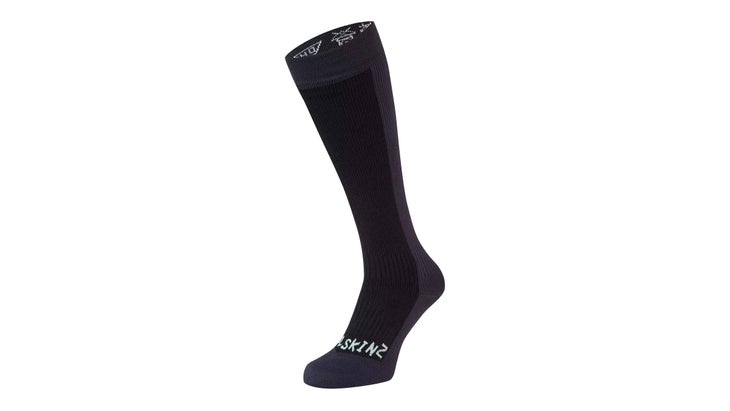
Sealskinz Worstead Waterproof Cold Weather sock ($60)
As a triathlete, I am no stranger to neoprene booties—they’re a must for cold-water swims. But when some friends of mine invited me on a hike in Arizona’s creek-tastic Aravapia Canyon, I knew my tri booties wouldn’t cut it. These waterproof socks were an impulse buy and they could have failed miserably. I’m happy to report they didn’t. In fact, I spent eight hours hiking in cold, knee-high waters and never once complained (and when I’m cold, I complain a lot). My hiking buddies were so impressed, that they all bought a pair as soon as we got back into cell reception. If you’re doing a hike in deep water (say, The Narrows in Zion), these are a must. —Susan Lacke, senior editor, Triathlete
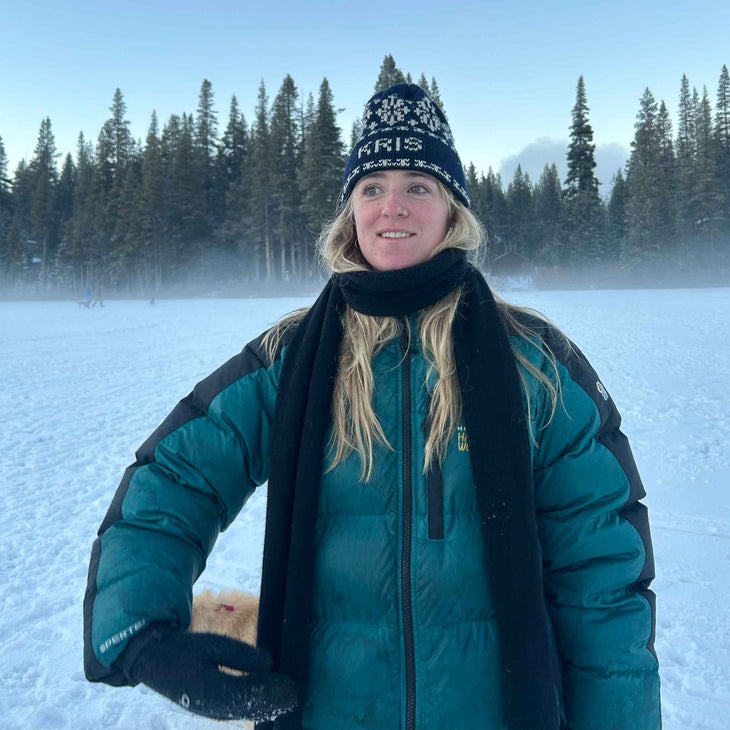
Mountain Hardwear Subzero Down Jacket Reissue
I have been absolutely living in this jacket from Mountain Hardwear’s Reissue collection the past few months. The original Subzero Down Jacket came out in 1993, and in an effort to bring back an iconic design, the brand brought it back this past fall with more technical, modern features. The material is now made with a 100 percent recycled ulstralight Pertex Y Fuse ripstop shell fabric, and it has a non-fluorinated DWR finish, making it waterproof enough for the adventures I take it on. I wouldn’t reccommend wearing it when its pouring rain outside, but during a massive storm in Utah in early January, it didn’t soak through. With 650-fill RDS-certified (Responsible Down Standard) down, I’ve worn it in negative temperatures in both the Wasatch range and near the border of Idaho and Montana, and have stayed completely cozy and warm. I’ve received a ton of compliments on the style and love the way the size medium fits on the upper part of my thigh. I’m hard on my gear, but with dual-shell fabrics on the shoulders and sleeves that get the most exposure, I’m expecting this jacket to last me for many winters to come. —Kelly Klein, associate gear editor

Outdoor Vitals NovaPro jacket ($250)
I didn’t really know what to make of the NovaPro jacket when my sample came in last year. It’s a frankenstein of different winter systems, combining the 850-fill down of a belay jacket with the water- and wind-resistance of a hardshell and the armpit zips and thumb holes of a technical midlayer. At first, I was afraid I had one of those jack of all trades, master of none situations on my hands, but I was missing the point. I live in New Mexico, at 7,100 feet, where the desert’s cactus and wind overlap with the cold snows of the mountains, and a troubling percentage of my climbing days (and my winter dog walks) begin in the warm sun and end in 40 mph whiteouts. So I’ve learned to appreciate the NovaPro’s versatility. In the perfect world (or less frenetic climate) I’d go nowhere without a base layer, mid-layer, outer layer, and shell on my back or in my pack. But on low-commitment days, I now just wear the NovaPro. When it’s warm, I unzip the armpits and roll up the sleeves. When the wind picks up, I close the zippers, tuck my thumbs in the holes, pull on the hood, zip up the extra-high neck, and stick my hands into the insulated pockets. Added bonus: Outdoor Vitals’ ingenious Zero Stitch Fabric doesn’t just increase the wind-resistance, it also makes this jacket perhaps the most durable down jacket I’ve ever tested. One year in and it’s still duct-tape free. All in all: One of the best multi-purpose, all-arounder down coats I’ve had the pleasure of trying to ruin. —Steven Potter, Digital Editor, Climbing Magazine
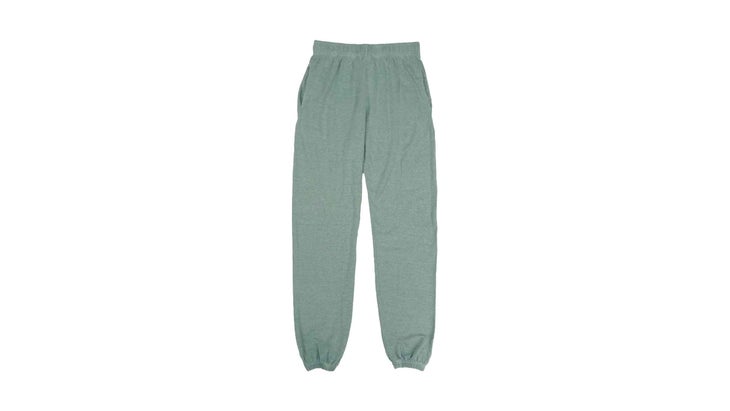
Jungmaven Alaska Hemp Wool sweatpant ($158)
Thanks to some health issues and abysmal early-season snowfall, this winter most of my gear choices have been based on how well a garment transitions from watching TV on the couch to taking a nap on the couch. I’ve worn these sweats almost every day of my convalescence, and they’ve held up well to the use, without any stretching out at the knees or other signs of wear. Generally, I avoid synthetic fibers except for during exercise, and the merino-hemp blend fabric is dreamy—thinner and less bulky than your average cotton pants, but just as warm and even more breathable. The wide, elastic waist is very high, and stays comfortably in place at my natural waist. Recently, I’ve been wearing them to low-key yoga classes, and the cinched ankle and loose cut don’t restrict my movement at all. The price tag is steep for sweatpants, but the quality and design make them worth every penny. —Miyo McGinn, assistant editor
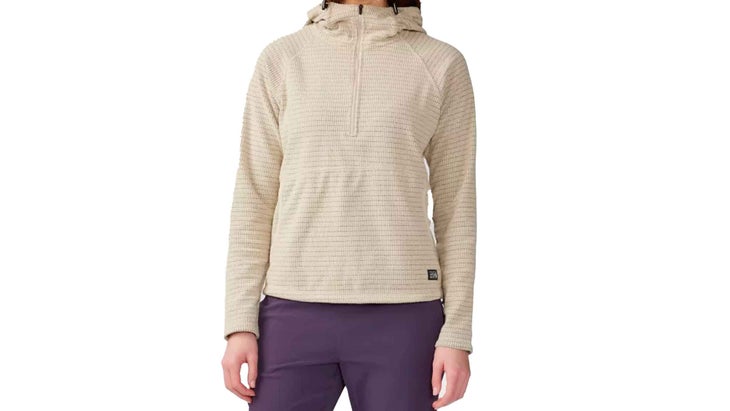
Mountain Hardwear Summit Grid Half Zip hoody ($90)
There’s a lot of grid fleece options out there—all of them warm, breathable midlayers. Choosing just one mostly comes down to the little design details—cut, hoods, pockets—all of which Mountain Hardwear absolutely nailed with this half-zip version of their Summit grid fleece. The zipperless, longer-cut tunic style had been my go-to for a couple years, but the redesigned details in the half-zip add up to my personal Platonic ideal of a fleece top. The zipper adds extra venting to the already breathable grid fleece material, ideal for dumping heat on recent unseasonably warm dawn patrols. The bulky bunches of fabric around the waist that sometimes formed while wearing the longer tunic length were eliminated by the shorter cut (which also makes for a more flattering silhouette). The spacious, cinchable hood and cozy high neck, already perfect for windy outings, were unchanged. If I were really splitting hairs, two zippered pockets might be better than the current kangaroo pocket, but even with this small imperfection, no other fleece mid layer I know of comes close to rivaling this one. —MM
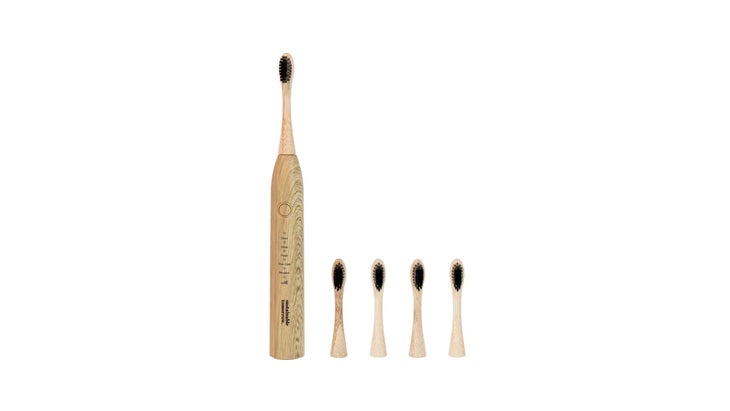
Sustainable Tomorrow Zen Bamboo Electric toothbrush ($99)
In my ongoing quest to purge single-use and unnecessary plastic from my life, I learned that about a billion plastic toothbrushes end up in the landfill each year. I’ve been buying manual bamboo toothbrushes for a while now, but recently started using an electric, rechargeable one from Sustainable Tomorrow. My mouth and I love it. It only needs to be recharged about once a month, has several different settings, and the automatic two-minute run time means I don’t short change my teeth with a too-quick brush. Also neat: every 30 seconds, the brush vibrates, signaling me to switch to a different quadrant of my mouth, so no teeth get ignored. Each brush comes with four replaceable heads–enough to last me more than a year. —Kristin Hostetter, head of sustainability and contributing editor

Iksplor Baby Adventure Zippy ($89)
My husband and I spend many weekend days ski touring in Colorado’s Rocky Mountain National Park, and in January we decided it was time to let our 8-month-old in on the fun. A lifetime of skiing has taught me how to dress and layer for winter adventures, but dressing and layering a baby for the cold comes with a steep learning curve. In the face of uncertainty, I’ve learned to go with what I know: a quality base layer paired with an insulating midlayer is the best line of defense against the cold. We put our son in the Iksplor Baby Adventure Zippy under a fleece onesie, then stuffed him into a down bunting. At the end of a 1-hour ski tour in 40-degree temperatures, his core, hands, and feet were warm. Ever since, the Iksplor onesie made of midweight Merino has become our go-to layer for our son on winter adventures. We love that the Merino is soft to the touch and doesn’t irritate his skin; the integrated hand mitts add an additional layer of warmth under his separate mitts; and the two-way zip for quick diaper changes on the go is a big bonus. Ten-ten would recommend this baby base layer for outdoorsy families. Sizing note: The Adventure Zippy runs large, so consider sizing down for your little one. —Jenny Wiegand, associate gear director
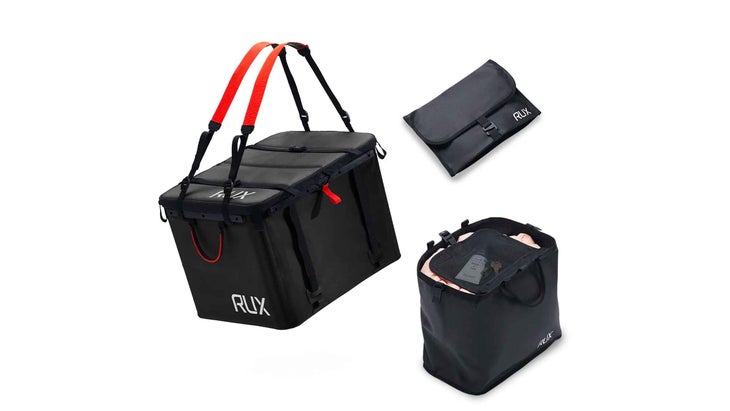
Rux 70L Essentials Set ($393)
For years I’ve been transporting all of my ski gear to and from resorts and backcountry locales in my trusty Dakine DLX 75L Boot Pack. Featuring a convenient backpack carry system, this pack can fit my ski boots, helmet, multiple pairs of goggles, multiple pairs of gloves, and my entire outerwear kit. While I love how organized this bag keeps my gear when I pack it, at the end of the ski day my gear rarely ever makes it back into the bag in an organized fashion. In the end, everything would land in the milk crate we keep in the back of our car for extra gear. So this season, I decided to free up space in the back of our car by replacing the boot bag and milk crate with the Rux 70L Essentials kit. This rugged, completely waterproof gear box fits as much as my Dakine boot bag, with the benefit of easier access to all my gear. The Rux system includes the collapsible 70L cube ($298), 25-liter waterproof tote bag ($80), and 3-liter pocket ($45) that attach to the cube via integrated utility rails in a customizable fashion. I’ve taken to storing our 8-month-old’s adventure essentials in the tote bag for easy access; it also doubles as an on-the-go diaper bag. While the whole system is arguably overbuilt for the average recreationalist, it’s amazingly utilitarian. It would be the perfect gear storage solution for adventurers with pickup trucks and no topper. The price tag is eye-watering when you consider that most of us have been making do with salvaged milk crates; but those milk crates don’t protect your gear the same way the weatherproof Rux system does. Plus this gear box comes with a lifetime warranty. Think of it as the Yeti cooler of gear boxes—it’s a splurge, but well worth it. —JW
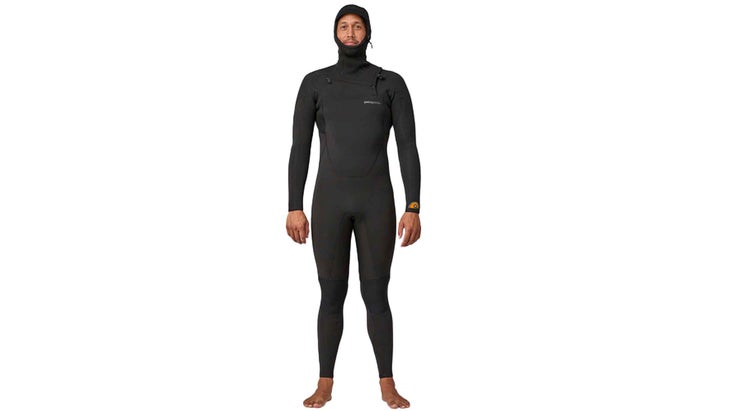
Patagonia Men’s R3 Yulex Regulator Front-Zip wetsuit ($579)
Over the years I’ve surfed in a lot of wetsuits: O’neill, Hotline, Xcel, Rip Curl, Billabong, etc. That list includes a handful of the yulex wetsuits developed by Patagonia. The early iterations of those were…not great. Many were uncomfortable to surf in and so stiff that they sometimes required an extra set of hands to peel off. But Patagonia kept developing them and I kept trying them, mainly because I really wanted them to work. Most suits are made out of neoprene, a synthetic rubber derived from petroleum that does all kinds of bad things for the environment, but yulex is a natural rubber created from the hevea tree. Recently Patagonia launched the latest model of their yulex suit—which is made from 85 percent yulex rubber and 15 percent synthetic rubber—and I’ve been surfing in their R3 model (a 4.5mm/3.5mm) in Northern California for the past year, from spring upwelling through the El Niño winter. For one, the rubber feels better, both in your hands but also on your body. The thing is toasty, stretchy, and allows for ample freedom of movement. I’m not a tailor, but Patagonia’s designers credit that to new seam placement. After a year of rigorous use, the suit has also shown very little sign of wear and tear, despite my less than meticulous care of the product (ie: it sits in a wet and sandy ball in the back of my truck between sessions). Helpfully, if and when it does break down, Patagonia also has a very good repair operation. It’s definitely the best Patagonia suit I’ve used so far. —Matt Skenazy, features editor
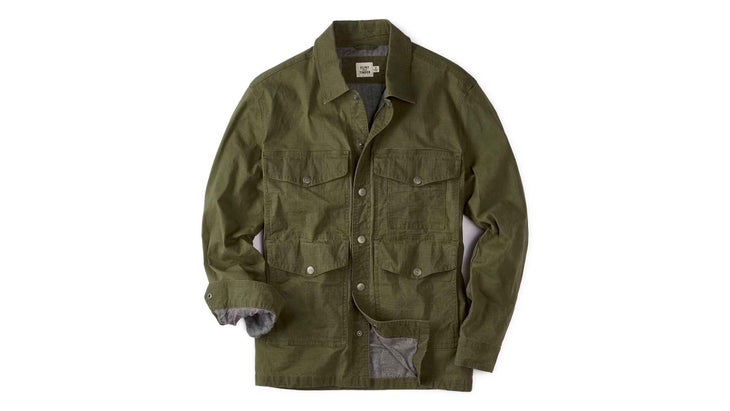
Flint and Tinder Stretch Ripstop Waxed Field jacket ($198)
First developed nearly 200 years ago, waxed jackets are still around because they’re so damn functional. The wax makes them pretty much waterproof, the cotton canvas is tough as nails, and people love the patina the jackets develop with wear and abuse. Over the past five years there’s also been a strong resurgence. Designers have taken a new look at a very old material and figured out how to make it even better. Flint and Tinder recently launched their version by blending a small percentage of spandex with the cotton. While that doesn’t sound like a big change, it truly is. Just a little extra stretch makes the jacket significantly more comfy and gives it a much larger range of motion. White testing I’ve found this jacket easier to get on and off, easier to wear while driving or riding a bike, and easier to work in when doing chores. I used to reach for a fleece jacket instead of waxed canvas if I was going to move around a lot, but now my fleeces are gathering dust and this jacket is on my back almost any time I leave the house. —Jakob Schiller, contributor
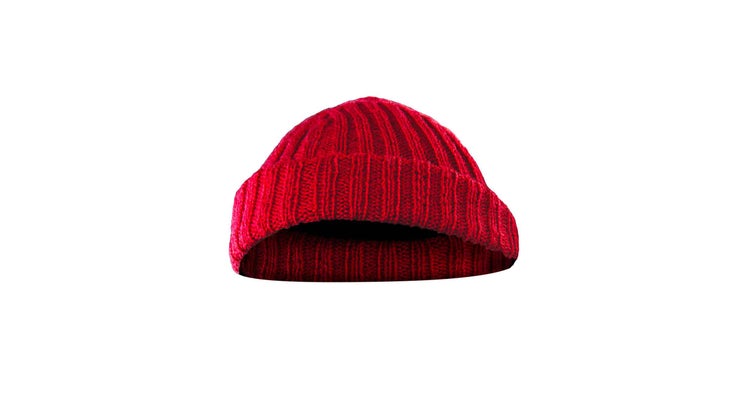
Red Hat Factory Southlander Wool beanie ($102)
Paying over $100 for a beanie is crazy. But I was suckered into this hat by a very clever Instagram ad where the company said all its hats are hand-knit in Norway by a group of women who make them in their living rooms. When I reached out about testing, the owner said that the hat I wanted was out of stock but that he would have his mom knit me one and send it over. If that’s not incredible customer service, I don’t know what is. Made of 80 percent wool and 20 percent nylon, the beanie is thin but warm, easy to wear, and never stinks. To everyone else it looks like a nicely designed hat, but to me it’s even more special because I know I’m wearing a one-off piece that was made with care.—JS
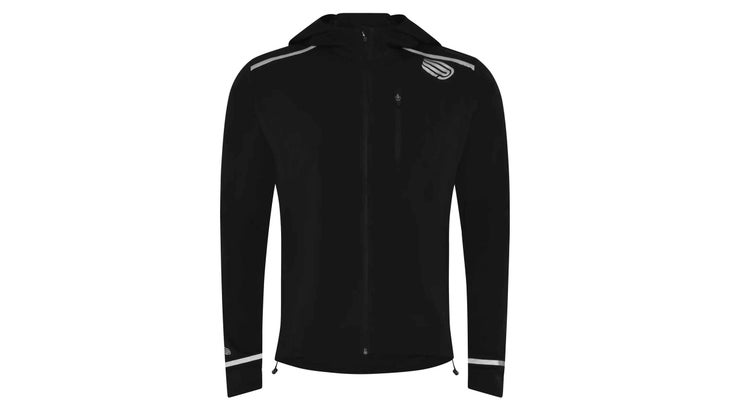
Pressio Ecolite Run jacket ($180)
This winter I’ve taken this jacket on two week-long trips where the weather ranged wildly from fall to deep winter—and it proved an excellent choice on both. The water-resistant jacket blocked 30 mile-per-hour winds and the spray from breaking waves on Chicago’s lakeshore path. It shed thick, wet snow on an evening run around Central Park. And, back home on the high plains, fended off blowing sleet. It kept me warm and dry on runs down into single digit temps (with the right base layers), yet breathed well enough to not get clammy inside when temps rose into the low 40s. The thin, flexible, fabric is soft and quiet, and, while the jacket has a close-fitting, athletic tailoring, the four-way stretch (achieved without spandex) gave me a comfortable, full range of motion. Little details are frosting on the cake, like the gauntlet-like cuffs that extend over the back of the hand, the wind-blocking flap behind the top of the zipper, and the forehead panel that keeps the hood secure. Plus, it is made from 70 percent recycled polyester and 30 percent biodegradable polyester, and is PFC-free. —Jonathan Beverly, senior running editor, gear

Fischer Ranger 102 ski ($850)
I never thought I’d cheat on my beloved Blizzard Sheeva 10s (Rustlers for those of you who ride men’s skis), but these Fischers stole my heart from the first turn. They’re damp and stable, even at high speeds on bulletproof snow. They’re stiffer and heavier than my daily drivers, qualities I shied away from after a knee injury a couple of years ago. Instead, I’ve prioritized playfulness and forgiving flex in my skis—the Sheevas ride the perfect line between hard-charging and playful. But getting on the Fischers felt like driving my mom’s BMW after tooling around in my 2002 Tacoma—low, heavy, stable, and secure. A stiffer, flatter tail helps me keep momentum and force all the way through the turn and makes the transition between turns effortless. I ski Taos, which often encourages people to shorten their ski length and favor responsive, agile skis that can make tight turns in techy, steep terrain. But it’s also a place where you want to hold an edge, whether that’s on 42-degree firm chalk or a sweeping groomer. For that kind of skiing, these sticks are right on the money. —Abigail Barronian, senior editor
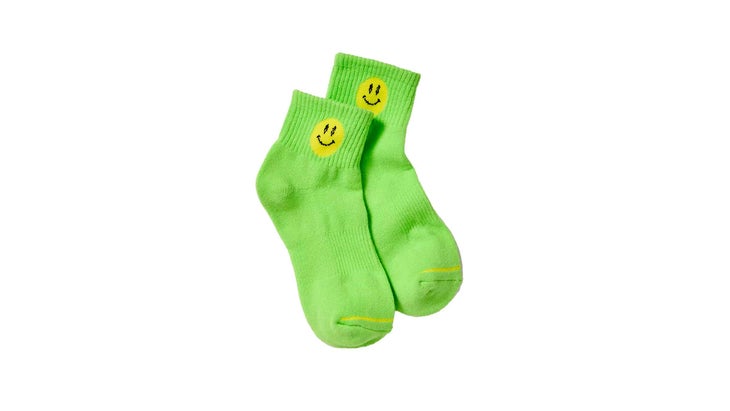
Free People Movement Smiling Buti Ankle socks ($16)
I’m prone to blisters, especially when I wear socks without a Merino wool base, so I was pretty hesitant to wear the Free People ankle socks. However, this adorable pair blew me away with how comfortable my feet were. They’re the perfect height that pops out the top of my shoe and cover the base of a legging. During long and cold winters I am always looking for little pockets of joy, and as silly as it sounds, these socks make me smile every time I pull them on. They’re made from 80 percent cotton and come in six fun colors. —Jamie Aranoff, Digital Editor, SKI
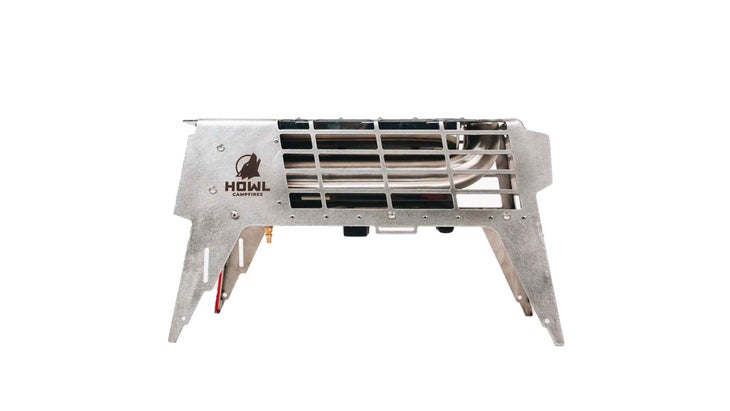
Howl Campfires R4 ($1299)
I’ve been testing the Howl R4 recently, which is a highly anticipated propane campfire that promises to give off enough heat to actually keep the costumer warm, unlike most propane fire pits on the market. After using it on a hunting trip earlier this month where the nighttime temps dropped into the low teens, I’m a believer. Why bother with a propane fire? Well, a lot of reasons, but if you live or camp West of the Mississippi, chances are you’ve run into a burn ban in the last few years and had to forgo a campfire. The R4 is actually UL Certified and legal to use during stage I and II burn bans in 50 states, and, unlike a wood fire, doesn’t leave any trace of its existence. Despite the safety deployments, it still puts off a lot of heat—it gets up to 1,200 degrees Fahrenheit, thanks to a technology called BarCoal, a radiant tube heater of sorts. That means you’re not left shivering around a wimpy flame like a lot of other propane fires. Another bonus: you still get all the benefits of a campfire without waking up smelling like one in the morning. —Bryan Rogala, contributing writer
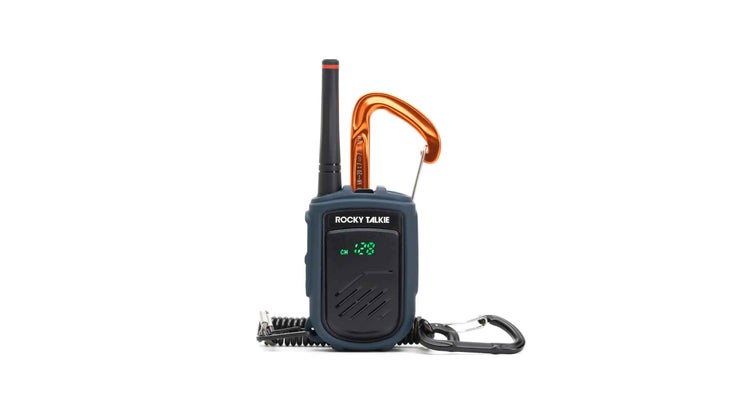
Rocky Talkie Mountain Radio ($110)
As both an outdoors person with a lot of hobbies and a professional videographer, I’ve used a lot of two-way radios over the years. Rocky Talkie sent me a set of their Mountain Radios to try out a few months back, and I can confidently say they’re the best piece of radio gear I’ve used. The small form factor, metal-reinforced backup leash, and included carabiner make them the perfect communication tool for adventuring—I can’t count the number of radios I’ve lost over the years when the clips have failed. Their range (rated at 1-5 miles in the mountains) thus far has seemed more consistent than other brands I’ve tested, but my favorite thing about the Mountain Radio is the battery life. On a recent elk hunting trip in frigid conditions, I left the radios powered on all night in the truck after having used them in the field all day. When I found them the next morning, they still had 80 percent battery left. I only had to charge them once on that five-day trip, which is a lot more than I can say for some of my hunting partners’ radios, which died on us in the field multiple times. Whether I’m hunting, backcountry skiing, or on a video shoot, the Rocky Talkies are my new go-to radios. I’m looking forward to testing out their upcoming 5-watt radio soon. —BR
Source link

